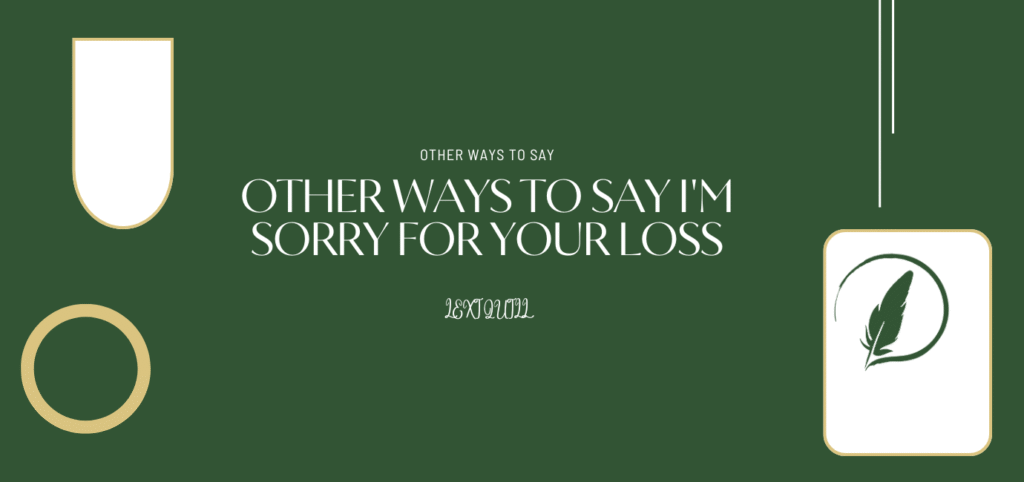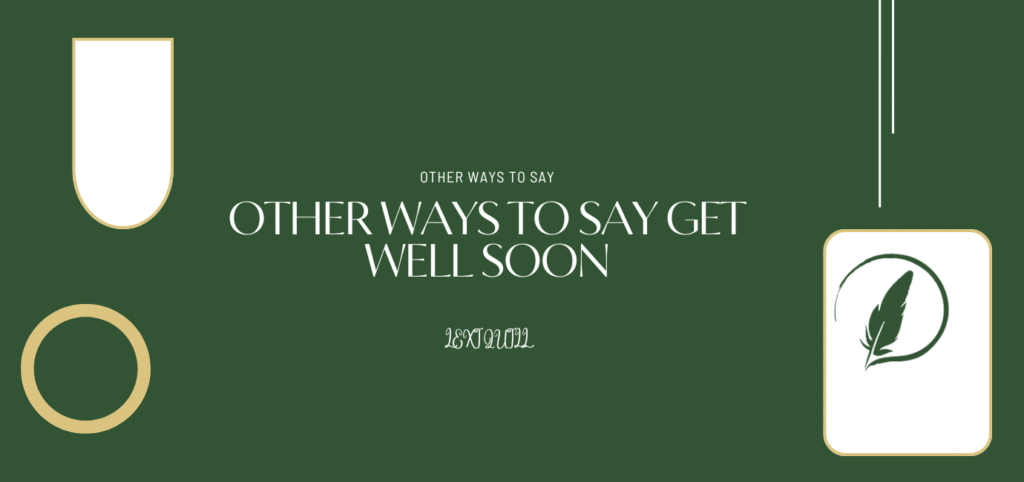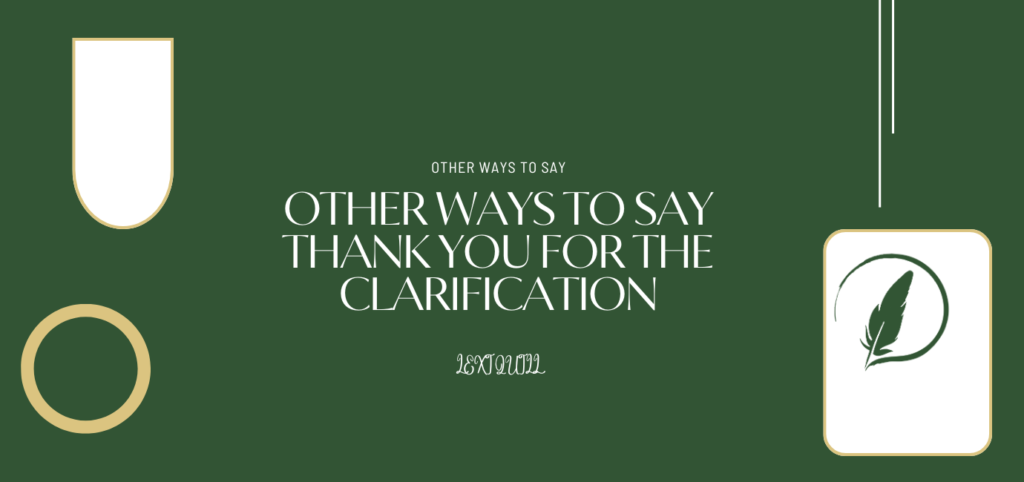Using the phrase “Happy to help” is a common and professional way to express your willingness to assist someone. However, if you use it often, it can start to sound repetitive or impersonal. Exploring a variety of alternative phrases can help you sound more authentic, warm, and engaging. Whether you’re in a customer service role, replying to a colleague, or simply chatting with a friend, switching up your language can leave a more positive impression.
Why Use Alternatives?
While “Happy to help” is polite and widely accepted, using alternatives gives you the opportunity to tailor your tone to the situation. Some alternatives sound more formal, others more casual, and some convey extra warmth or appreciation. This versatility can make your interactions more effective and personable. In professional emails, workplace conversations, or customer interactions, these variations can also help maintain a friendly rapport without sounding robotic or overly rehearsed.
By expanding your vocabulary in these moments, you’re also improving your communication skills and strengthening relationships whether in business or everyday life.
1. Glad to Help!
This is a short, cheerful way to express helpfulness. It’s informal and friendly, which makes it perfect for both casual conversations and light professional exchanges.
Example:
“No problem at all, glad to help!”
Use this when you want to keep things relaxed but still express your willingness.
2. Always Happy to Assist.
This phrase is slightly more polished and professional, making it ideal for customer service or workplace settings. It shows your ongoing readiness to support others.
Example:
“If you need anything else, I’m always happy to assist.”
It’s a great go-to for emails, service replies, or formal conversations.
3. My Pleasure!
This is a warm and gracious phrase that conveys genuine appreciation for being able to help. It works particularly well in situations where you’ve just been thanked.
Example:
“Thank you for your kind words, my pleasure!”
Use it when you want to sound respectful and appreciative at the same time.
4. No Problem!
This is a casual, relaxed phrase that downplays the effort involved in helping. It’s very common in day-to-day speech and fits most informal settings.
Example:
“You’re welcome! No problem at all.”
While it’s friendly, it might not be the best choice in very formal or professional emails.
5. Anytime!
This expression shows not just that you were happy to help, but that you’re open to helping again in the future. It’s reassuring and supportive.
Example:
“I’m glad I could help anytime!”
Use this to express an open-door attitude and to leave the conversation on a helpful note.
6. It Was No Trouble at All.
Sometimes, people may feel like they’re burdening you when they ask for help. This phrase reassures them that it wasn’t inconvenient in any way.
Example:
“It was no trouble at all, happy to do it!”
This is a thoughtful way to ease any guilt or hesitation they might have.
7. Always Here to Help.
This statement emphasizes your reliability and consistent support. It’s especially useful in customer service roles or support teams.
Example:
“If you ever need anything, I’m always here to help.”
It builds trust and shows that people can count on you beyond just one moment.
8. Don’t Mention It.
This humble phrase is a great way to downplay your effort, especially if the favor or task wasn’t a big deal for you. It’s friendly and low-key.
Example:
“Glad I could assist, don’t mention it!”
It gives off a modest vibe and keeps the exchange casual and warm.
9. I’m Here If You Need Anything Else.
This phrase is supportive and comforting. It lets the other person know that your help isn’t a one-time thing and that you’re approachable if more help is needed.
Example:
“Let me know how it goes. I’m here if you need anything else.”
Use this to extend the conversation and show continued availability.
10. It Was the Least I Could Do.
This phrase shows a sense of gratitude or indebtedness. It’s a modest way to acknowledge someone’s past help or kindness while downplaying your own effort.
Example:
“You’ve helped me so much before it was the least I could do!”
This is especially appropriate when helping someone who has previously supported you.
Final Thoughts:
Switching up your phrasing from time to time keeps your communication fresh and thoughtful. Instead of always relying on “Happy to help,” try using these alternatives based on your tone, setting, and audience. Whether you’re handling a customer issue, helping a coworker, or just being there for a friend, how you say something can matter just as much as what you say.
Choosing the right alternative can make you sound more sincere, approachable, and professional. So next time someone thanks you, feel free to mix it up you might just make someone’s day a little brighter.








